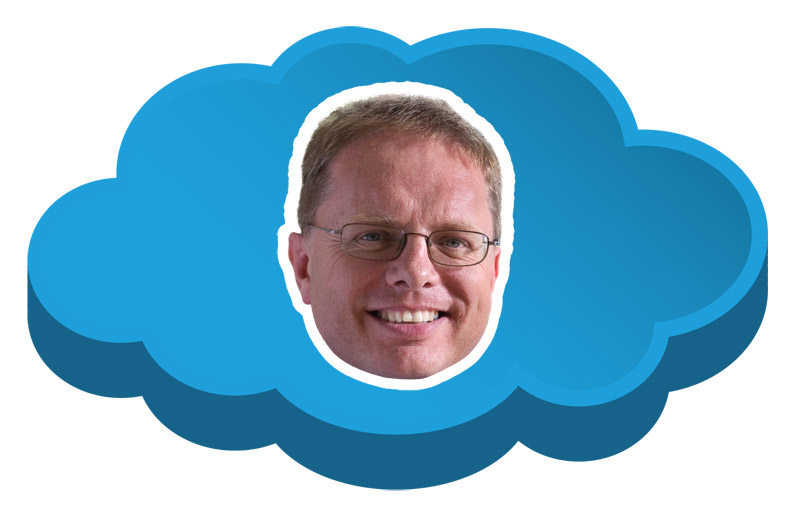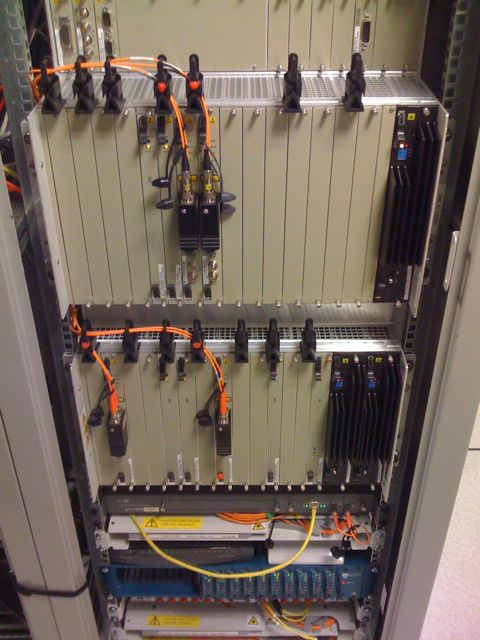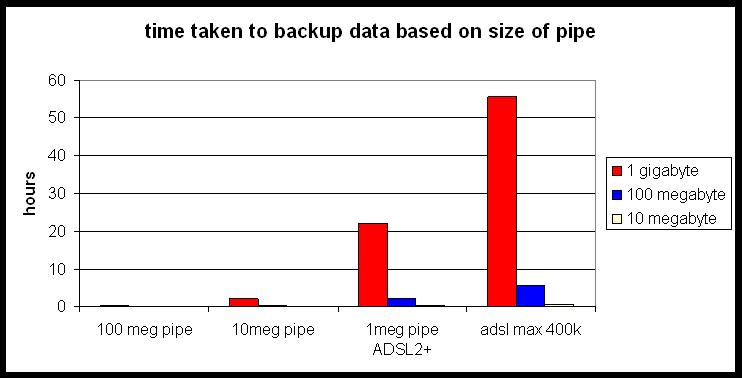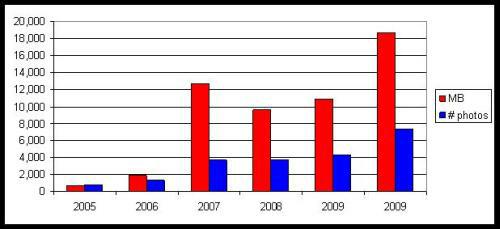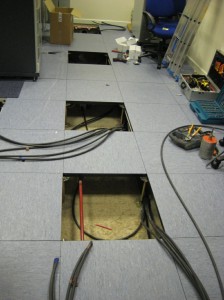I happened to be reading the New York Times today – as you do. The specific article revealed that Microsoft’s share price has dropped 5% – simply because Microsoft President Steve Ballmer mentioned that he thought technology stocks were overvalued – oops.
The main intent of the article was to look at Microsoft’s internet strategy. Its attempt to buy Yahoo has been high profile. However what is slowly emerging is its other plans in the general area of “internet”.
MIcrsoft is moving into the Software as a Service game which I’m certain means online based versions of the type of application that business buys today and sticks on a server in the corner of the office. Microsoft Exchange and Sharepoint for example.
It likely means much more however. Another interview on the web by Om Malik with Debra Chrapaty, Microsoft VP of Global Foundation Services (!!??) revealed some of the extent of the Microsoft investment in this area.
Two years ago Microsoft was said to be spending $2Bn on its network infrastructure. Some of today’s facts are absolutely astounding:
The company is adding 10,000 servers a month to its network.
New data centers being planned/under construction are equivalent of over 15 US football fields of data centre space (sounds a lot but it is probably the same as five rounders pitches J ).
Plans to cut of 30% to 40% in data-centre power costs company-wide over the next two years. (not buying it’s electricity from my UK supplier then – mine has just jumped UP about 150%)
Current network backbone runs at about 100 gigabits per second, but soon Microsoft plans to bump it to 500 Gigabits. For comparison BT21CN connectivity being offered to ISPs is based on 1gigabits rising to 10gigabits although I’m sure that their backbone must be faster than that.
Building out its own Content Delivery Network – 99 nodes on a 100 gigabit per second backbone.
For Microsoft, total data grows ten times every three years. The data in near future will soon approach 100s of petabytes.
Their datacentre opened in Quincy, Washington opened in April 2007 and when complete will consume 48 megawatts of energy. Microsoft can tap up to 72 MW of energy coming from hydro-electric power.
In San Antonio Texas two further datacentres are planned for opening in September 2008 covering 447,000 square feet on 44 acres.
These numbers are just beyond comprehension for us mere mortals and are an indication of how serious the internet business is becoming.
By the way did you know that Microsoft owns Expedia, the travel site. I didn’t.
